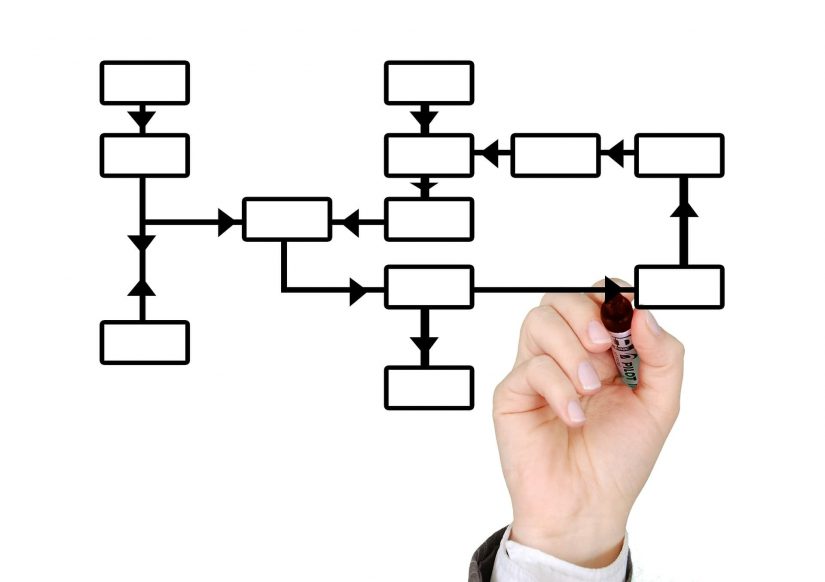HR Insights
Org Chart: definition, types and uses
Org chart(s) have been useful for a long time. As a business grows and the number of roles increases, it becomes necessary to help each new member understand where they fall in the organization. In this article, you will learn about an organizational chart; how to use them to understand your business and how to […]
 USA
USA Mexico
Mexico Colombia
Colombia Costa Rica
Costa Rica Chile
Chile Peru
Peru Brazil
Brazil Spain
Spain France
France UK
UK Italy
Italy Germany
Germany Netherlands
Netherlands Portugal
Portugal



